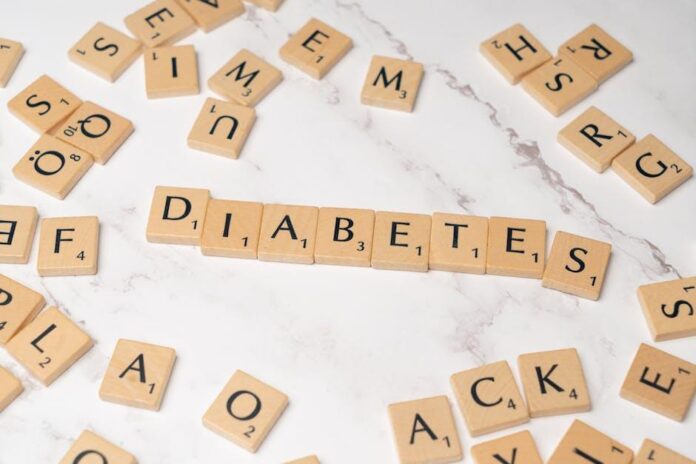
Muscular dystrophy is a group of genetic disorders that lead to the weakening and degeneration of the muscles over time. The symptoms of muscular dystrophy can vary widely, depending on the specific type and severity of the condition. While some forms of muscular dystrophy may appear in infancy or childhood, others may not manifest until adulthood. It’s important to be aware of the symptoms of muscular dystrophy in order to seek early diagnosis and treatment.
One of the most common symptoms of muscular dystrophy is progressive muscle weakness. This weakness can affect different muscles in the body, such as the arms, legs, and trunk. Children with muscular dystrophy may have difficulty standing, walking, or climbing stairs, while adults may experience weakness in their hands, arms, and pelvic muscles. As the condition progresses, individuals may also notice a decrease in muscle mass and strength.
Another prominent symptom of muscular dystrophy is muscle stiffness or rigidity. This can make it difficult for individuals to move and can lead to pain and discomfort. Stiffness in the muscles may be particularly noticeable after periods of inactivity or at night. For some individuals with muscular dystrophy, stiffness can also lead to joint contractures, where the joints become permanently fixed in a bent or flexed position. This can further limit mobility and range of motion.
Now, let’s take a closer look at the specific symptoms of muscular dystrophy and how they may manifest.
1. Difficulty with Movement
People with muscular dystrophy may have difficulty with basic movements, such as walking, running, or lifting objects. The muscles may become weaker and less able to support these activities, leading to a loss of mobility and independence. Children may struggle with motor skills and coordination, while adults may find it challenging to perform everyday tasks.
2. Breathing Difficulties
In some forms of muscular dystrophy, the muscles involved in breathing can weaken, leading to respiratory problems. This can manifest as shortness of breath, frequent respiratory infections, and an increased susceptibility to pneumonia. As the condition progresses, individuals may require assistance with breathing, such as a ventilator.
3. Muscle Pain and Cramping
Muscle pain and cramping are common symptoms of muscular dystrophy. The affected muscles may feel sore and achy, especially after physical activity. Cramping and spasms can also occur, causing discomfort and further limitations in movement.
4. Progressive Muscle Weakness
As mentioned earlier, progressive muscle weakness is a hallmark symptom of muscular dystrophy. Over time, individuals may notice a decline in their muscle strength, making it difficult to perform everyday activities. This weakness may also lead to a change in posture and gait.
5. Speech and Swallowing Difficulties
In some cases of muscular dystrophy, the muscles involved in speech and swallowing may be affected. This can lead to slurred speech, difficulty in articulating words, and problems with swallowing food and liquids. These symptoms can have a significant impact on an individual’s ability to communicate and eat.
6. Delayed Development
In children with muscular dystrophy, delayed motor development and milestones are common. This may include delays in sitting, standing, or walking. Additionally, children may exhibit delays in speech and language development.
7. Cardiac Complications
Some forms of muscular dystrophy can affect the heart muscles, leading to cardiac complications. This may manifest as an irregular heartbeat, cardiomyopathy, and an increased risk of heart failure. Individuals with muscular dystrophy should undergo regular cardiac evaluations to monitor their heart health.
8. Skeletal Deformities
Due to muscle weakness and joint contractures, individuals with muscular dystrophy may develop skeletal deformities, such as scoliosis (curvature of the spine) and changes in bone structure. These deformities can further impact mobility and cause discomfort.
9. Fatigue
Fatigue is a common symptom of muscular dystrophy, as the body must work harder to compensate for muscle weakness and degeneration. Individuals may experience overwhelming tiredness and a decrease in energy levels, even after minimal physical activity.
10. Emotional and Behavioral Changes
Living with muscular dystrophy can take a toll on an individual’s emotional well-being. They may experience feelings of frustration, anxiety, and depression as they cope with the physical limitations of the condition. Children with muscular dystrophy may also exhibit behavioral changes and difficulties in social interactions.
In conclusion, recognizing the symptoms of muscular dystrophy is crucial for early intervention and management of the condition. If you or a loved one experience any of the aforementioned symptoms, it’s important to seek medical attention and undergo a comprehensive evaluation. While there is currently no cure for muscular dystrophy, early diagnosis and appropriate interventions can help improve quality of life and mitigate the progression of the condition.












